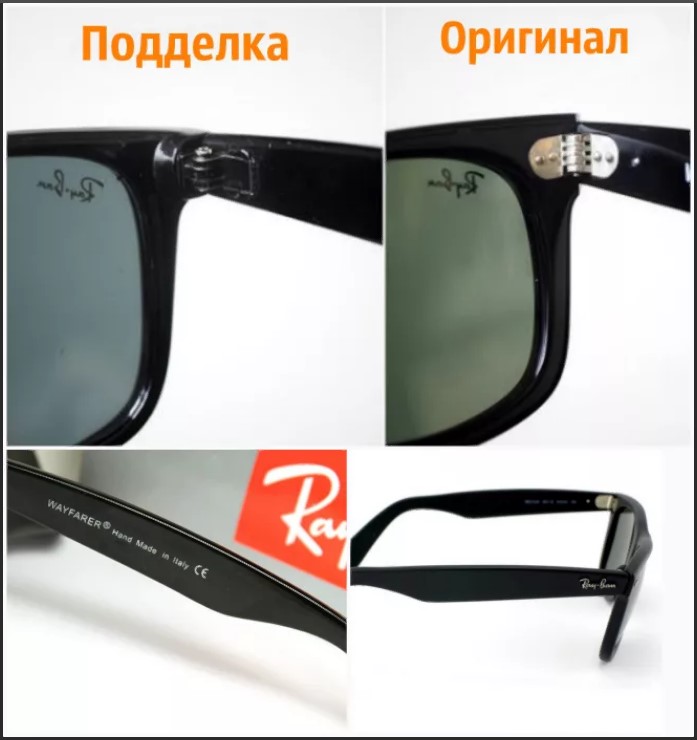A suitable model of sunglasses should protect your eyes not only from blinding light, but also from the negative effects of ultraviolet rays. These two main indicators help determine the quality and scope of a particular model of such glasses. To choose the most suitable option, you need to know the basic degrees of protection of such products.

Effect of solar radiation (ultraviolet) on the eyes
Prolonged exposure to the sun without special protective glasses can cause adverse effects on vision. Maximum precautions in sunny weather should be taken by those who have poor health or various ophthalmological diseases.

The most unsafe periods for eyes not protected by special glasses are the early morning and the afternoon. If the sun is located low, its harmful effect on the eyes increases several times.
When such rays are reflected from a large surface of water bodies, the level of negative effects of ultraviolet radiation increases. In the process of selecting such products by type of protection, it is advisable to take into account exactly what effect rays of this type have on unprotected or poorly protected organs of vision.
Effects of prolonged sun exposure on the eyes
The most common consequences of prolonged exposure to UV rays on the visual organs include the following:
- feeling of dryness and burning, redness of the eyes;
- photophobia (photophobia) - painful sensitivity of the organs of vision to light, accompanied by spasms of the eyelids and lacrimation;
- photokeratitis - a burn of the cornea and conjunctiva, which is accompanied by swelling, inflammation and significant pain;
- conjunctivitis - manifests itself in the form of aseptic inflammation;
- ptegirium (pterygoid film - thickening of the conjunctiva creeping onto the cornea);
- cataracts and clouding of the lens (changes in color perception, decreased visual acuity).

Important! The consequences of the negative effects of UV rays do not appear immediately. Directly during irradiation there may be no pain, however, it is not recommended to ignore protective equipment during this period.
How to choose the right sunglasses based on the type of protection?
When selecting safety glasses, a number of specific parameters are taken into account, which include: the level of ultraviolet filter, material of manufacture and lens color. These parameters (light transmission categories) have a direct impact on the safety of use and the effectiveness of wearing such accessories.

UV protection levels for sunglasses
Ophthalmologists distinguish several degrees of protective qualities such products:
- Minimal.Degree of protection – 10-15%. It is better to use such models in cloudy weather.
- Initial. Provides penetration from 40 to 75% of sunlight. These glasses are recommended to be worn in the morning and evening when the sun is gentle.
- Average. Capable of blocking up to 65% of sunlight. These models are recommended for hot sunny weather.
- Maximum. Transmits only 7-10% ultraviolet radiation. Used for maximum eye protection. Suitable for those who suffer from photophobia. Also suitable for fans of surfing and skiing.

Meaning of marking UVA or UVB radiation
Based on intensity level, UV rays are divided into:
- UVA radiation, accounting for about 90% of all UV radiation reaching the Earth's surface and characterized by a maximum penetration effect (long waves, the length of which can correspond to 320-400 nm).
- UVB radiation (medium waves, the length of which can be 280-320 nm). Rays that pose the greatest danger to the eyes, damaging the tissues of the organs of vision and causing sunstroke.

High-quality products always have manufacturer's markings corresponding to the ultraviolet transmission and spectrum of rays.
Other popular markings
Another type of marking, often used by manufacturers, will help you choose the most suitable model of such glasses. Thanks to this marking You can find out about the transmittance of ultraviolet rays:
- High UV protection - products with very dark lenses, providing the highest degree of protection against UV rays. An excellent option for relaxing in hot seaside resorts or in the mountains.
- UVA transmittance-rays from 85 to 98%. It is recommended to use when the sun is not particularly scorching.
- Blocks up to 70% of dangerous rays of both types (UVA and UVB). A good choice for urban conditions.
- Cosmetic - sunglasses that block less than 50% of ultraviolet radiation. It is better not to use models of this type in the active sun, since they will not be able to provide one hundred percent protection to the organs of vision from such rays.
- General - a universal option with UV filters that blocks from 50 to 80% of UV rays. Such models are suitable for everyday eye protection in urban conditions, at mid-latitudes.
Selecting lens colors for different latitudes

Yellow models They block bright blue light well and are considered an excellent option for use in cloudy weather and in the evening.
Mirror glasses perfectly reflect visible sunlight and are designed to be worn during periods of increased solar activity, in hot countries and in the mountains.
Chameleon glasses lenses change the degree of darkness depending on the lighting and are suitable for use in urban environments. Such photochromic lenses are an indispensable option for professional athletes, tourists and car enthusiasts. These models are especially convenient for those who wear prescription glasses, since they darken in the sun but remain transparent indoors.
Polarized models They block aggressive bright light well and are ideal for use in the mountains, on the beach, while driving a bicycle, motorcycle or car.

Graduated models slightly change color rendition and are suitable for use in urban environments during periods of low solar activity.
Glasses with gray or malachite lenses are distinguished by clear image transmission without visible distortion. This is a universal option that can be successfully used both on the sea beach and in urban environments.
What is indicated on the temple, glass or label?
On these parts of glasses of this type you can view information regarding:
- material of manufacture (glass - lenses made of glass, plastic - lenses made of plastic);
- degree of protection against ultraviolet rays (for example, 100% UV);
- manufacturer (brand name, model, country and barcode);
- quality standard (ANSI Z80.3 - American, EN 1836 - European, AS 1067 - Australian).

Important! You should not use glasses with the highest degree of protection while driving a car. Strong darkness can negatively affect visibility.
Does glass or plastic protect against ultraviolet radiation?
Buyers often wonder which option is better to choose: with glass or plastic lenses? If we consider the functional characteristics of such products, then both good quality models have the same optical functions and a similar level of protection from harmful effects. You can notice the difference in the visual perception of the image through different types of lenses.
Pros of plastic
Products made from this material have such advantages:
- lightness (almost not felt during use);
- safety (does not break into fragments upon impact);
- wide selection of frame designs;
- varied tint palette of lenses.

Pros of glass
These lenses have the following characteristics: positive traits:
- immunity to temperature fluctuations;
- protection against minor damage (scratches, etc.);
- attractive appearance thanks to thinner lenses.

Features of polarized glasses
The main useful property for which such glasses are used is to protect the eyes from blinding glare that appears due to the reflection of the sun's rays from many surfaces.These glares can appear when light hits the road surface, the surface of reservoirs, snow lying on the ground, roofs and walls of various buildings.
Reference! The unique qualities of polarized glasses are manifested thanks to a special filter, similar to a thin liquid crystal film, placed between layers of glass or plastic.
How to spot fake glasses?
It is recommended to choose such products very carefully so as not to buy a counterfeit version. Using products of poor quality can lead to very undesirable consequences.

Distinctive signs of poor quality glasses:
- small lenses;
- low degree of protection;
- frame too heavy;
- imitation of popular brands;
- blue, orange and red lenses;
- very tight or too large.
Advice! People with low vision are advised to visit an ophthalmologist before purchasing this type of product. A specialist will help you choose the right safety glasses with diopters.

Counterfeits: in the center and on the right.
People are exposed to ultraviolet radiation, which can cause significant damage to vision. Sunglasses are truly an indispensable accessory for every person. It depends on how correctly this type of glasses was selected whether they will protect the eyes from the harmful effects of ultraviolet rays or, on the contrary, cause harm to them.


 2
2





